Markets bullish but supply still set to be challenging
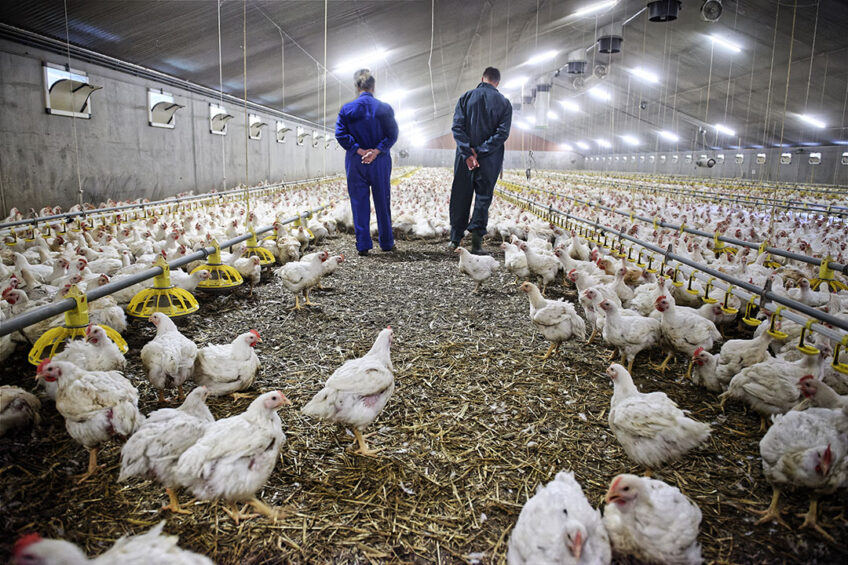
The improving economic conditions seen at the end of last year are set to continue as Covid-19 vaccination levels rise and markets recover but the journey forward will be bumpy. These are the conclusions of Poultry Outlook 2022, published by agricultural banker Rabobank.
As the Omicron variant of Covid-19 is showing, there will be ups and downs in parallel with coronavirus developments and the industry will need to be ready to adjust sales channels in response to measures taken in nations across the globe. Operationally, there will also be challenges for the industry, as feed and other input costs, such as energy and freight, are expected to remain high. Feed prices in particular are expected to continue to be high and volatile, with Rabobank in its 2022 Outlook, expecting a 5% increase in feed commodity costs in the first half of the year. Prices for corn and soybeans are expected to peak in the third quarter.
Inflation
Nan-Dirk Mulder, senior analyst Animal Protein, notes: “In 2022, it is highly unlikely that food prices will return to their 5-year averages, as commodity prices are now supported by inflation in the general economy, low global stock levels, and labour shortages in many countries. These high input prices will push producers to focus on yields, procurement and efficiency in the value chain to reduce feed and labour use.”
”…the combination of stronger demand and supply challenges will create an environment of stronger prices which will push producers to focus on yields, procurement and efficiency in the value chain to reduce feed and labour use.”
For some countries, such as the UK, which has been hit by substantial labour issues due to Brexit, employee availability will continue to pose problems which may, in turn, restrict production in some markets.
There will also be a slowdown in new greenfield site investment due to higher steel costs, larger wage bills and worries about higher interest rates. But despite these issues, Rabobank says the combination of stronger demand and supply challenges will create an environment of stronger prices which will push producers to focus on yields, procurement and efficiency in the value chain to reduce feed and labour use. It will also lead to new food security efforts to reduce inflation and keep poultry affordable, particularly in emerging markets.
United States
Global poultry growth is set to reach 2%, marking a rise of 0.5% on earlier forecasts, with the US in particular seeing strong profitability on the back of a 2.4% rise in production. There will be a modest expansion in the breeding flock, some improvement in hatchability and gradual stabilisation and growth in weekly chick placements compared to 2021.
Growth is partly due to good retail support for chicken as a value item in the last quarter of the year and strong foodservice sales which are driving the increase in consumption. Export sales also remain robust with year-to-date volumes up 1% year on year but export value 25% higher than a year ago. While volumes to China are expected to remain low, those to Mexico, Cuba and the Philippines will continue to be strong.
Mexico and Brazil
Chicken prices in Mexico are rebounding, up 43% on their lows, but expectations for the next 12 months are limited. Tourism has yet to recover due to the pandemic and, in response to sluggish demand projections and higher corn prices (up 35% year on year), the industry is expected to slow production and shift to smaller, whole birds. Producers are operating just above breakdown levels and so need to remain disciplined.
Analysts believe the situation in Brazil will improve, based on stronger export demand and bullish global markets. But the beginning of the year may be challenging for the production sector, with a seasonal reduction expected in external demand, mainly for China and Saudi Arabia. On the costs side, the price of feed has seen a downward trend since the spring which has helped improve production margins, although higher fuel and electricity prices have somewhat negated this.
Europe
Conditions in the European poultry market have continued to improve, with prices for live poultry now 20-25% above fourth quarter 2020 to first quarter 2021 levels. Prices for chicken cuts have not yet kept pace with this price increase, with breast now around 15% above first quarter 2021 levels and legs up by 20%. This illustrates the relatively tight supply situation in the European market, driven by ongoing avian influenza pressure, low profitability due to Covid-19, salmonella in eastern Europe and high input prices, especially for feed.
While the UK has suffered labour issues, it has benefited from Brexit, with placements rising by 13% in the first half of the year, while the rest of Europe saw placements during this period 2-3% below pre-Covid levels. The challenges, argues Rabobank, will be for processors to convert higher costs and lower supply into higher sales prices, especially if foodservice sales are hit by future pandemic-induced lockdowns.
Russia
For the first time in 15 years, Russian meat supply is set to fall – by 0.6% – with reduced poultry production the main driver – as beef production rises. The key drivers of lower supply are high feed and other input costs, and the combined impacts of African swine fever and avian influenza. But the outlook for the sector is relatively positive with early predictions for the wheat harvest optimistic.
China and the Far East
The Covid-19 situation, and in particular China’s zero-tolerance policy, has impacted consumer demand, particularly in group dining and some food catering channels. The industry is still performing below breakeven and there is pressure to reduce supply in the light of the recovery from African Swine Fever of the favoured pork sector.
The outlook for the Japanese industry is positive, given tight stocks (lowest stock position since 2015), expectations of low production, ongoing high beef prices and strong local demand. This is expected to lead to strong local prices and margins and an eager buying strategy among trading houses in international markets. While in Thailand the situation is set to improve with better market fundamentals in an improving local economy and a better tourism market.
Join 31,000+ subscribers
Subscribe to our newsletter to stay updated about all the need-to-know content in the poultry sector, three times a week. Beheer
Beheer

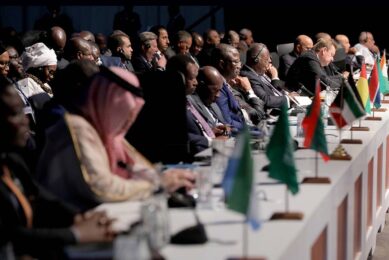
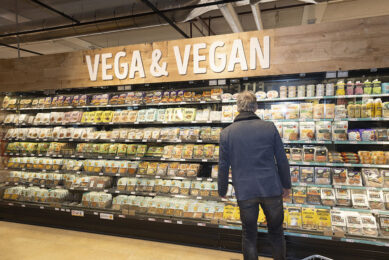
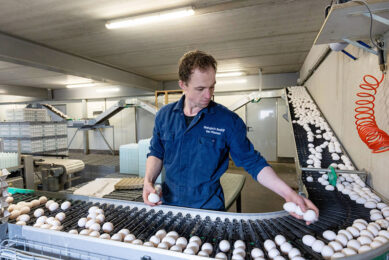
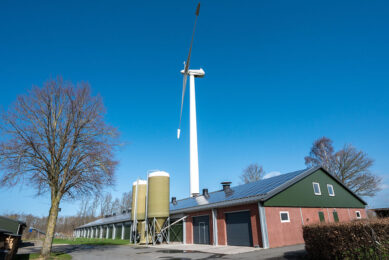



 WP Admin
WP Admin  Bewerk bericht
Bewerk bericht